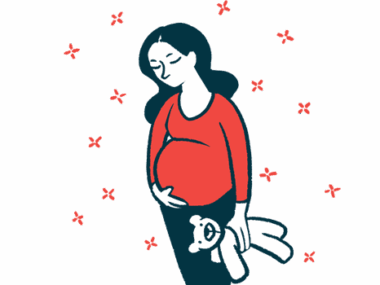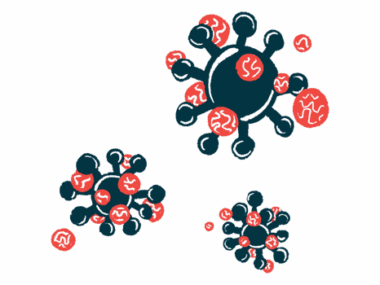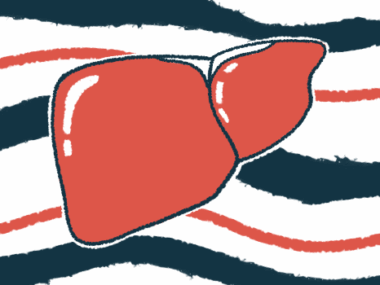Abuse suspected for skin bruising in case of PFIC2 liver disease
Genetic testing found ABCB11 mutations, compatible with PFIC2 diagnosis
Written by |

An 8-month-old girl with type 2 progressive familial intrahepatic cholestasis (PFIC2) who was seen at a hospital emergency department with extensive skin bruising was suspected at first of having been abused, a report indicates.
“This case reminds us that it is important to rule out medical diseases that can mimic child abuse, as misdiagnoses can further harm children and families,” wrote the report’s researchers, who said “children presenting with cholestasis and significant bruising should have congenital cholestatic disorders, such as PFIC, included in the differential diagnosis.” The case was described in “Progressive Familial Intrahepatic Cholestasis-2 Mimicking Non-accidental Injury,” which was published in ACG Case Reports Journal.
PFIC is a type of cholestasis caused by the accumulation of bile, a fluid produced by the liver that helps break down certain molecules. In PFIC2, mutations in the ABCB11 gene lead to low levels of the bile salt export pump (BSEP), a protein responsible for transporting bile salts, a component of bile, out of liver cells.
The disease symptoms of PFIC typically begin in infancy and may include itching (pruritus) and jaundice, that is, a yellowing of the skin and the whites of the eyes. PFIC patients often have an enlarged liver.
Skin bruising raises concern of child abuse
Here, researchers in the U.S. described the case of a girl who was seen at a hospital with spontaneous bruising in her extremities, lower back, abdomen, and neck over three days.
The girl appeared healthy and was reaching normal growth and development milestones. She was on regular infant formula and baby foods, and was not taking any medication or multivitamins. A physical exam revealed areas of scraped skin due to pruritus, mild yellow pigmentation of the eyes, and an enlarged liver.
A blood analysis showed severe anemia, that is, low hemoglobin, the protein that transports oxygen in red blood cells, impaired blood clotting, and elevated levels of certain liver enzymes. The girl was given fresh frozen plasma and vitamin K injections at the emergency department, which corrected the blood clotting issues. An abdominal ultrasound revealed her liver and spleen were normal.
She was admitted to the hospital where her large bruises and hematomas were considered possible child abuse. A skeletal survey and CT scan of her chest and abdomen didn’t show signs of non-accidental trauma. Ingestion of anticoagulant medication or rodenticides, as well as acute leukemia, a type of blood cancer, were also ruled out.
A blood workup to evaluate if the girl’s symptoms were caused by cholestasis revealed high levels of alpha-fetoprotein, a marker of liver damage, along with triglycerides, a fat molecule in the blood. Bile acids were markedly elevated, while vitamin D, E, and A levels were low.
A liver biopsy, wherein a piece of liver tissue is removed for analysis, showed she had liver inflammation (or hepatitis), cholestasis, and advanced fibrosis (scarring) of the liver. Genetic testing found mutations in the ABCB11 gene, compatible with a PFIC2 diagnosis.
The girl started treatment with vitamin supplements and ursodeoxycholic acid, which is used to reduce bile accumulation in the liver and relieve itching. At 10 months, she started treatment with a bile acid transporter (IBAT) inhibitor, which minimally improved itching.
At 18 months, her pruritus persisted and blood levels of liver enzymes and bile acid remained high. Moreover, while her alpha-fetoprotein levels improved, they remained elevated. Blood coagulation parameters and vitamin A levels were within the normal range, but vitamin D and E were low, despite supplementation.
The researchers said the girl “will be monitored long term for progression of liver disease to cirrhosis and possible [liver cancer].” Cirrhosis, or end-stage liver disease, is the impairment of liver function caused by liver fibrosis and a risk factor for liver cancer.
“Ultimately, liver failure and intractable pruritus may indicate a need for liver transplantation,” they wrote.







